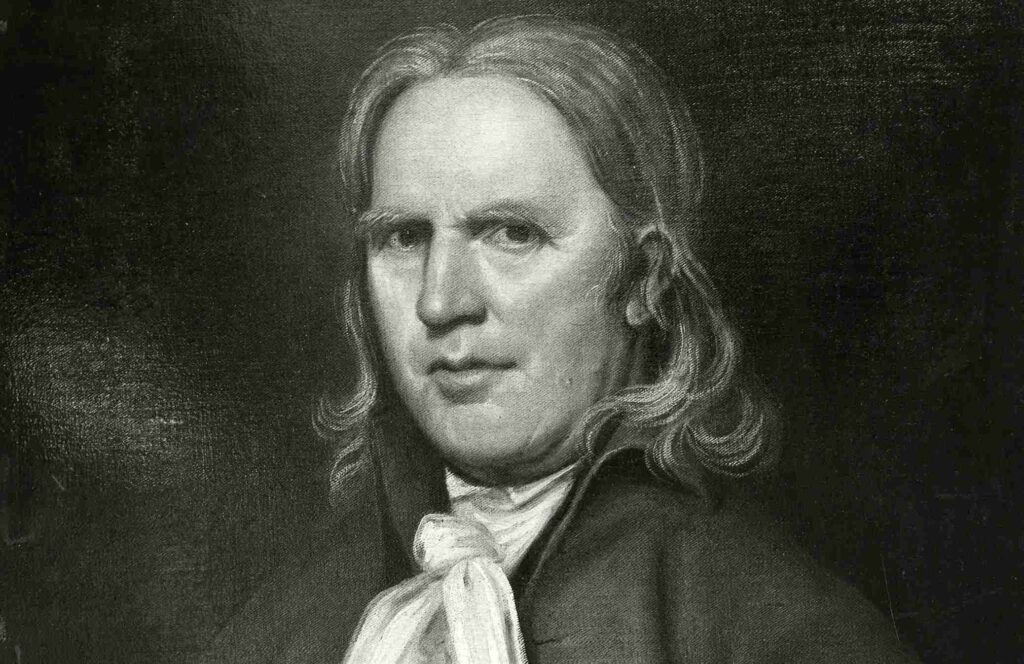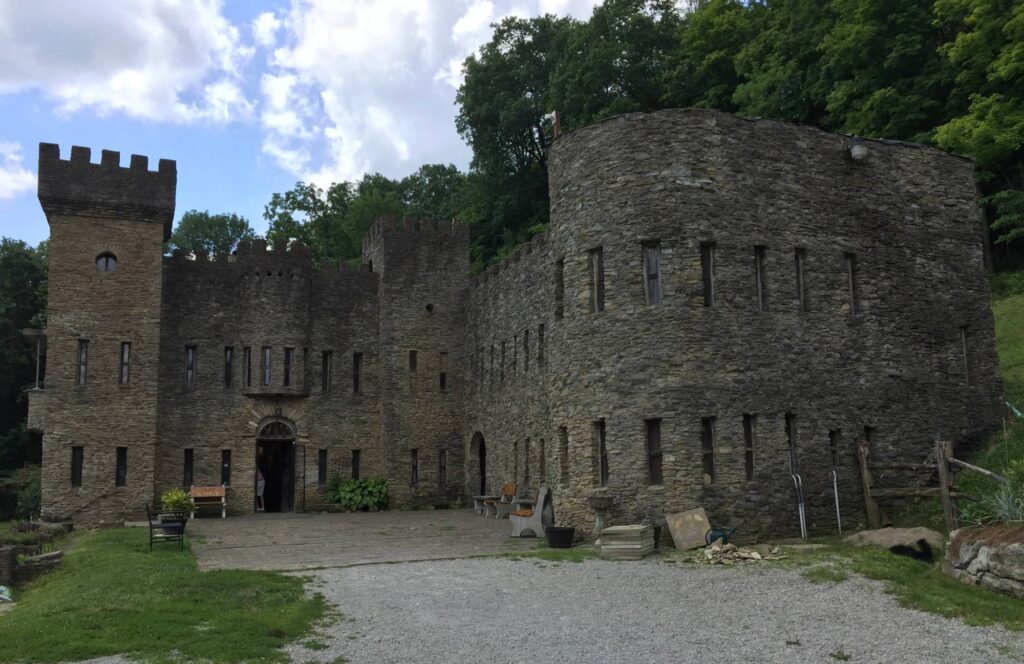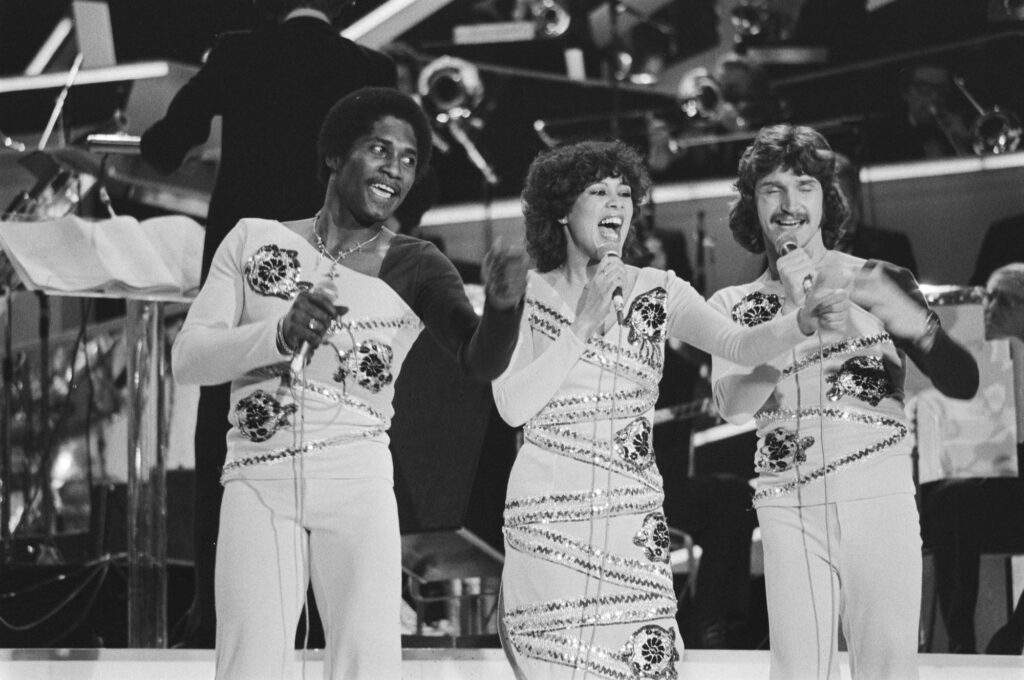John Cleves Symmes was born in Riverhead in the Province of New York to Timothy Symmes and Mary Cleves and lived what most would consider a rather normal childhood, growing up in Colonial America. Little did he know at that time that one day his name would be spoken by school children (probably mostly in the Southwestern corner of the state) or that an entire town would be named after him.
That town would, of course, be … Cleves, Ohio. (What? You were thinking of a huge city up near Lake Erie? Sorry, that one was named after a different guy.)
Symmes Makes A Purchase
At some point in the 1780s, a guy named Benjamin Stites was visiting a town that today we would call Maysville, Kentucky, but at the time it was known as Limestone. He’s doing his thing when he discovers that a small group of Native Americans have just stolen his horses. As quickly as he could, he jumped on a horse the thieves managed not to steal, and chased them all the way to Xenia, or thereabouts.
When he returned, Ben told his friend John all about his journey. (I have no clue if Benjamin got his horses back or not.) Benjamin also tells John all about the fertile grounds he travelled through, saying it would be a great place to settle.
Now, John’s looking for a big opportunity and he starts to think this might be it. He goes and checks it out for himself, and yes, that land would be perfect for farming, or to build a small city, and he knows he’s got to be a part of it.
He hatches a plan. He’s going to try and gather as much support as he can (creating The Miami Company) so that he can purchase one million acres of land the moment they become available. On some of that land, he can plan his own little town, build himself a nice house to live in, and then get stinking rich selling off the rest of the land to people wanting to farm or create their own little settlements.
In the end, Symmes fell a wee bit short on his goal of one million acres, but to be fair, a little under two hundred and fifty thousand acres isn’t all that bad. So, rather than a huge chunk of the southwestern corner of Ohio … he only managed to buy what was between the two Miami Rivers (Greater and Lesser Miami).
Great For History Books, Not So Good For Symmes
It wasn’t long before John Cleave Symms learned that while The Symmes Purchase might have been good for getting your name in the history books, running his business was another story all together.
First off, there were all the investors in The Miami Company that needed to get paid back, which was the least of his concerns. There were some real problems.
The land gathered by The Miami Company needed to be surveyed and divided up, a process that by this time was happening all over the state of Ohio. The problem was that somehow, the surveyors used “Magnetic North” (as opposed to “True North”) which caused quite a few problems when trying to claim boundaries.
If that wasn’t bad enough, Symmes started selling some tracts of land to more than one person, which not only caused feuds between both parties who claimed rightful ownership of the land, but it also added to Symmes’ legal nightmares.
Other buyers also later found out that the land they had bought from Symmes wasn’t his to tell, which ultimately turned them into squatters on public lands, so that didn’t turn out great either.
As a result of errors like this, Symmes spent a considerable amount of time (not to mention his own money) in court defending a seemingly endless stream of lawsuits.
Symmes fell into poverty rather quickly and never was able to get out of it.
The Settlements
Three settlements were formed because of the Symmes Purchase, North Bend, Losantiville (although the Territorial Governor hated the name and because he was also President of the Society of the Cincinnati, he renamed it Cincinnati a few years later) and Columbia.
Technically, Columbia was the first, although only by a month (which seems to be important for some reason to the historians of Columbia). It’s main problem, however, was that the Ohio River tended to flood right about there, and not wanting a town that was occasionally under water, residents packed up everything they owned and relocated a very short distance away at the base of the Tusculum Hill, which is why we now call the area Columbia-Tusculum.
North Bend was initially platted as Symmes City, named after John Cleves Symmes of course, but they quickly thought better of that and actually named it North Bend, on account of the river.
In 1818, Symmes himself was living just north of North Bend and formed his own city, Cleves, which he laid out before selling plots of land.
Symmes daughter, Anna, married William Harry Harrison, who you might know as either “Old Tippecanoe” or the 9th President of the United States. The Harrison family had managed to grab up quite a bit of land around North Bend, so it didn’t surprise anyone all that much when the two families were ultimately joined.
The Symmes Name Today
Once upon a time, the Symmes name was among the more famous (or dare I say influential) names in Ohio History. A great deal of that was on account of The Symmes Purchase, as well as Symmes’ involvement in various settlements that sprang up on that land.
John Cleves Symmes was not perfect (far from it, actually) and many of his business dealings were more problematic than they were worth. Yet, Symmes is still considered something of a local hero today. At least, if all those Third-Grade textbooks can be believed.
Today, The Symmes name can still be spotted at a variety of places outside grade school classrooms, especially around the North Bend – Cleves, Ohio area. There’s also a Symmes Township in Hamilton County (northeastern area of Cincinnati suburbs) and there is a Hall named after him at Miami University.
Part of the notoriety from the Symmes name today also comes from another individual, also named John Cleves Symmes (Junior) who happened to be the nephew of John Cleves Symmes (of the Symmes Purchase). The main reason he’s famous today is because he seriously thought the world was … well, hollow, and there were dinosaurs living inside the earth and … yeah – more on that another time.
No matter how things went down later, The Symmes Purchase is still an important part of Ohio History, as well as more general US History, in that it certainly helped kick off that Westward Expansion and getting the word out that Ohio was such a fertile landscape ripe for farming.
And, it’s kind of fun to make the case that Cincinnati happened because of a few Stolen Horses.



